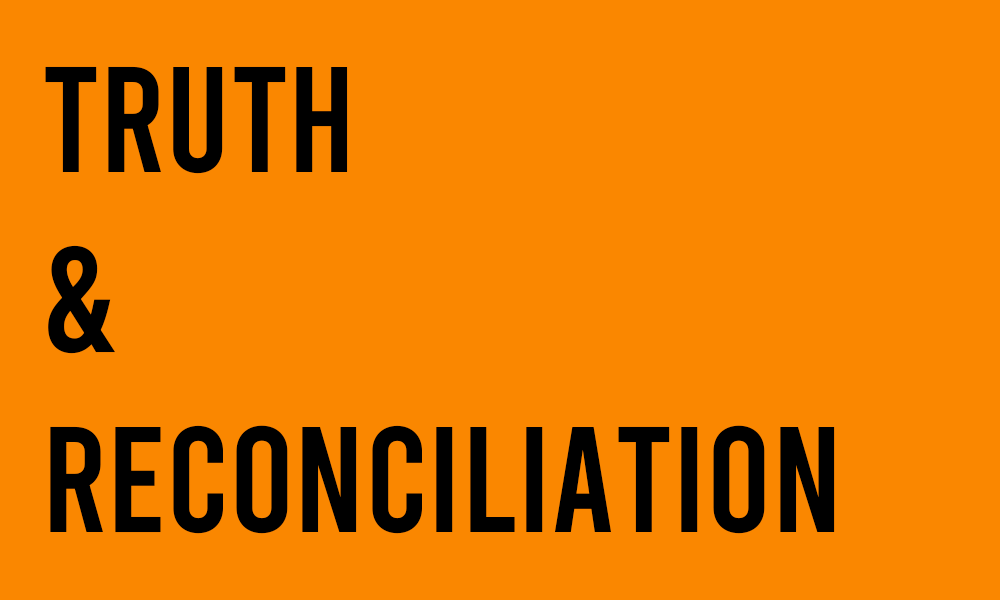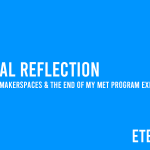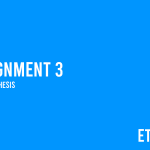Truth & Reconciliation Activity
Text: Campbell, K., Menzies, C., & Peacock, B. (2003). B.C. First Nations Studies. Open School BC. British Columbia Ministry of Education. Retrieved September 11, 2022, from https://media.openschool.bc.ca/osbcmedia/fns12/etext/BCFN12Text_Part2.pdf.
To begin, I wanted to find an educational textbook to conduct this assignment as these texts provide the fundamental information with which we educate our youth. The topic of education is covered in-depth in the Truth and Reconciliation Commission of Canada’s calls to action. Specifically, the calls to action include creating education opportunities for Indigenous people and using education to share the journey of Indigenous people to shape the road to reconciliation.
I began my search in my Grade 4 classroom by looking through my Social Studies textbook to generate ideas and to see if certain topics were covered. While searching my own textbook, I decided to see which other textbooks relating to Indigenous Studies were available online which followed the BC Curriculum. This led to me finding the BC Ministry of Education’s Open School website and their self-published First Nations Studies textbook for use by Grade 12 students. This textbook was published in 2003 so I was curious how the information may have already aligned with the calls to action. I further decided to use this text as I would expect for it to discuss the issues that Indigenous people face truthfully and fully compared to my Grade 4 textbook due to the age difference between those grades. The information in any textbook used by students is incredibly influential and can guide students on the path of reconciliation with Indigenous people if used correctly.
My immediate question I wanted to search for was relating to residential schools. Specifically, I was wondering how detailed the information provided was and if the information provided properly conveyed the seriousness of the topic. Learning about the residential school system is part of the Grade 4 curriculum which I teach, but it is expected to be taught at a basic level. As an Indigenous person myself, I have found it difficult to teach this topic as I feel conflicted between providing information that could be unsettling for my students’ age or not conveying the issues of residential schools seriously enough through trying to teach it in a way that would not upset them. Since the text I have chosen is a Grade 12 resource, I was hoping the information would be at a mature level to properly convey the seriousness of this topic.
To conduct my search, I specifically searched for the term “residential school” in the text. Most of the residential school information was found in Chapter 6: Canada Takes Control (Campbell et al., 2003). Under the section on “State and Church Education”, Campbell et al. discuss how residential schools affected the children that went to the schools and how it overall impacted Canada’s Indigenous population. I further questioned what information relating to Indigenous health was present in the text and how the information was conveyed to the reader. I easily found this information in Chapter 10: Communities In Transition by searching for the term “health” (Campbell et al., 2003).
In my research, I was impressed with the detailed information relating to Indigenous health issues and how the text conveyed its importance. The text properly discussed the struggles that Indigenous people face relating to health through addiction and past trauma while further discussing the importance of helping Indigenous people during the healing process (Campbell et al., 2003).
Although I was impressed with my research of how well the text conveyed the health issues faced by Indigenous people, I was not impressed by how it conveyed details of the residential school system. The main information on the residential school system was limited to just four pages, with information spread out over another six pages. When comparing the information given in this text compared to the textbook that I use in Grade 4, there is very little difference in terms of language. The language used feels somewhat neutral instead of directly stating how terrible this system was for Indigenous people. The closest that the text gets to conveying the seriousness of the topic would be the sentence that says, “it is not surprising that many people who attended residential schools say they were like slaves” (Campbell et al., p. 100, 2003).
A major limitation and issue of using my selected text in my search is that it was created prior to the Truth and Reconciliation Committee’s calls to action. Therefore, it is slightly understandable that the language in this textbook does not align with what would be expected of a modern textbook. However, it is still listed on the BC Ministry of Education Open Schools website as a current resource. As time has passed since the textbook was published, I do think it is a good idea for the BC Ministry of Education to revise it to have it align more truthfully with the Truth and Reconciliation Committee’s calls to action.
References
Campbell, K., Menzies, C., & Peacock, B. (2003). B.C. First Nations Studies. Open School BC. British Columbia Ministry of Education. Retrieved September 11, 2022, from https://media.openschool.bc.ca/osbcmedia/fns12/etext/BCFN12Text_Part2.pdf.
Truth and reconciliation commission of Canada: Calls to action – gov. (n.d.). Retrieved September 11, 2022, from https://www2.gov.bc.ca/assets/gov/british-columbians-our-governments/indigenous-people/aboriginal-peoples-documents/calls_to_action_english2.pdf.






